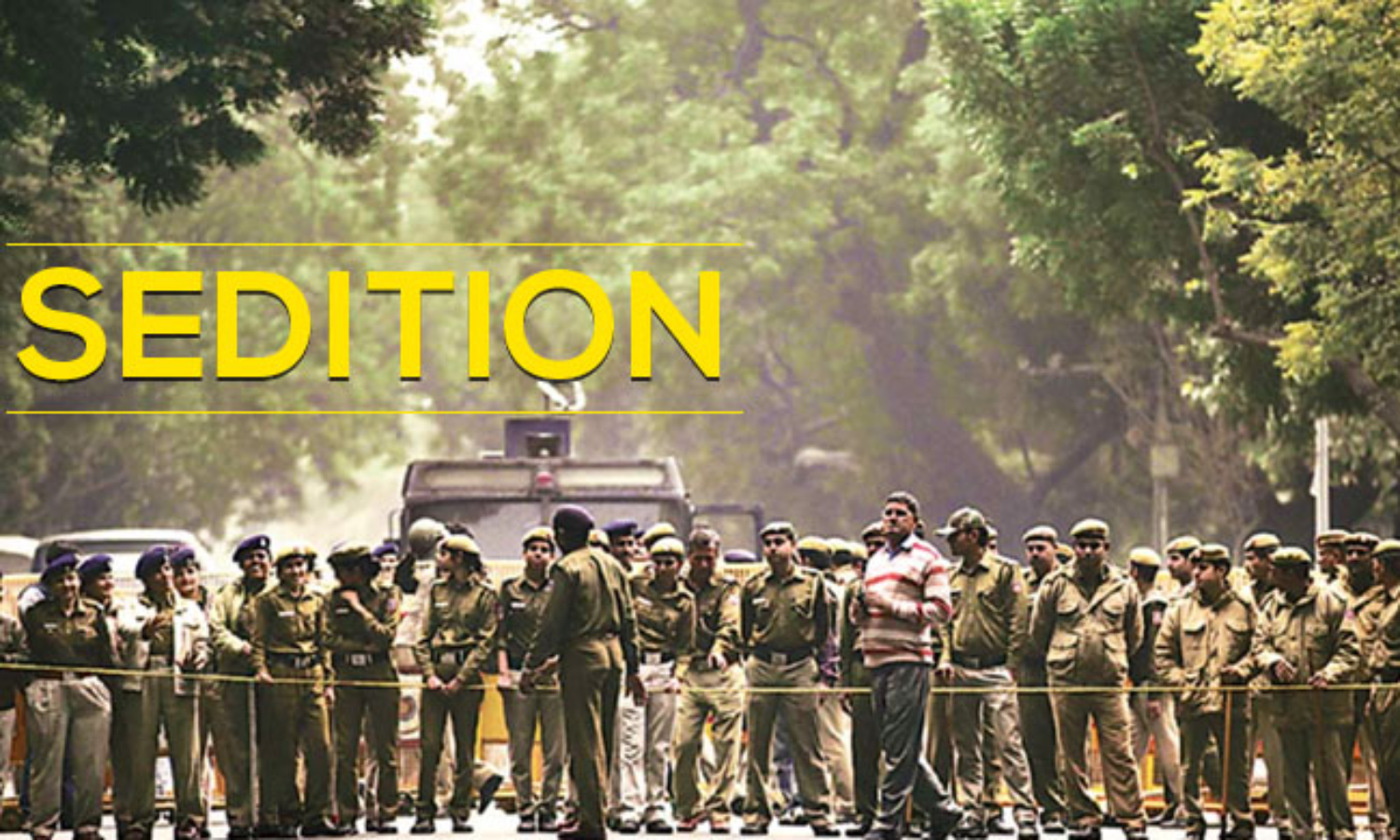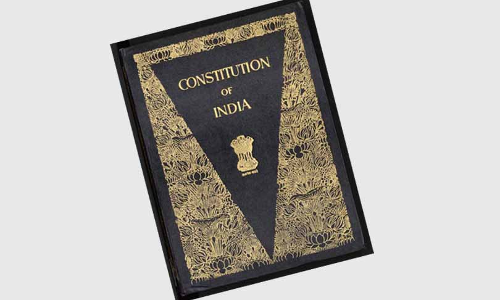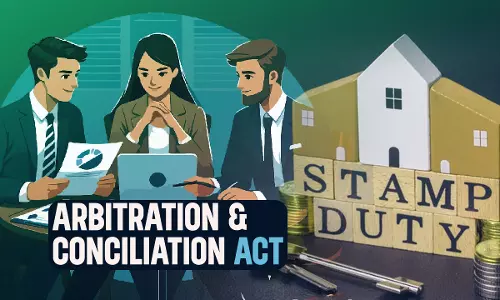
Thomas Paine (1736-1809) is one of the radical liberals of the modern age. Paine, one of the founding fathers of the USA, ideologically fuelled the American and the French revolutions. A comment by John Adams, the second President of the USA, rightly portrays the influence of Paine and his Common Sense on the American Revolution- "Without the pen of the author of Common Sense, the sword...
Thomas Paine (1736-1809) is one of the radical liberals of the modern age. Paine, one of the founding fathers of the USA, ideologically fuelled the American and the French revolutions. A comment by John Adams, the second President of the USA, rightly portrays the influence of Paine and his Common Sense on the American Revolution- "Without the pen of the author of Common Sense, the sword of Washington would have been raised in vain".
Paine's rebuttal of conservative writer Edmund Burke on the French Revolution in Rights of Man led to his trial and conviction in England in 1792 for the crime of seditious libel. Paine responded to the sedition and libel charges thus: "If, to expose the fraud and imposition of monarchy ... to promote universal peace, civilization, and commerce, and to break the chains of political superstition, and raise degraded man to his proper rank; if these things be libellous ... let the name of libeller be engraved on my tomb.'' Paine's arguments were seditious then; but they are impeccable axioms of liberalism and democracy now. The lesson that history imparts us is that, in most cases, the seditionist of today would be hallowed revolutionary of tomorrow.
But Indian legal system has not yet learned this valuable lesson of history. The crime of sedition does not go in tandem with the democratic polity and the liberal constitution of India. Mr Vaiko, the MDMK supremo, is the latest victim of this anachronism in the statute book. The special court in Chennai has imposed one year's imprisonment upon him for a speech he delivered in support of LTTE in 2009. In the fateful speech, he accused the Government of India of supporting Tamil genocide in Sri Lanka and exhorted the Tamil youth for emancipation of Tamil Eelam while launching his book I Accuse.
"The book was released and the hatred message was delivered on 13.07.2009 just two months (19.05.2009) after the death of LTTE leader Prabhakaran. Judging by that standard, at that time there was danger to the security of the State and central (sic) and mood of the people of the State were in boiling situation…whether that act has resulted in violence is immaterial …hence as decided above as against the accused the charge u/s 124A IPC stands proved ''- J.Shanthi, the Sessions Judge, observed in State of Tamil Nadu v. Vaiko judgment.
The facts of State of Tamil Nadu v. Vaiko, in this regard is similar to those of Balwant Singh and Anr v. State of Punjab(1995) wherein the appellants, in crowd in front of a Cinema, Chandigarh, on 31st October 1984, the day Smt. Indira Gandhi, the then Prime Minister of India was assassinated, raised the following slogans: "Khalistan Zindabad…Raj Karega Khalsa!". They were prosecuted u/s 124A IPC and convicted by the Special Court, Chandigarh.
The Supreme Court in appeal (Balwant Singh and Anr v. State of Punjab) held: "Keeping in view the prosecution evidence that the slogans as noticed above were raised a couple of times only by the appellant and that neither the slogans evoked a response from any other person of the Sikh community or reaction from people of other communities, we find it difficult to hold that upon the raising of such casual slogans, a couple of times without any other act whatsoever the charge of sedition can be founded…It appears to us that the raising some slogan only a couple of times by the two lonesome appellants, which neither evoked any response nor any reaction from anyone in the public can neither attract the provisions of Section 124A or Section 153A IPC. Some more overt act was required to bring home the charge." Accordingly the conviction and sentence of the appellants in Balwant Singh and Anr v. State of Punjab were set aside.
The gist of the Supreme Court judgment was that mere incitement is insufficient for conviction and some overt action in pursuance of the incitement was required. This dictum of the Supreme Court in Balwant Singh and Anr v. State of Punjab has not been followed in Vaiko's Case. It is a serious lapse. The Vaiko verdict also defies the Supreme Court judgment in Kedar Nath Singh v. State of Bihar(1962).
The JNU sedition case also exposed the anti-democratic hues of sedition. Thirty-five cases of sedition (all over India) were reported in 2016 according to the National Crime Records Bureau. Recently the Government of Bangladesh that also inherited the colonial legacy of Section 124A of IPC, threatened the minority rights activist Priya Saha with sedition for telling the US President that 37 million minority people were disappeared from Bangladesh. The Damocles' sword of sedition dries out the free debate which lies in the heart of democracy.
The crime of sedition was moulded by the British imperial regime in India to suppress the nascent anti-colonial movement in India. The first Law Commission (1834) headed by Lord Thomas Babington Macaulay framed the draft of sedition law. The then law of England categorised sedition only as a misdemeanour and a bailable offence and maximum punishment thereof was two years' imprisonment. Furthermore the unanimous verdict of jury was also required for conviction for sedition. Crime of sedition was almost dormant in England after 1832.
In contrast, sedition was formulated in India as a serious non-bailable offence and banishment for life was stipulated as the maximum punishment. The unanimity of jury was omitted for conviction. The draft clause on sedition was given a limited definition unlike the broad definition given by the English Law prevailed then. Only those statements inciting rebellion or insurrection against state were brought under purview of sedition in India.
The Indian Penal Code, drafted in 1837, was enacted in 1860. The crime of sedition was omitted in the IPC as enacted in 1860. Sedition was inserted in 1870 by Sir James Fitzjames Stephan, the then Law Member in the Viceroy's Council. While introducing the Bill, he expressed the hope that the law of sedition would reasonably administered in India. But the history testifies otherwise. The sedition was made a crime to suppress the Wahabi Movement that challenged the British Raj in India. But paradoxically the prosecution for sedition was first slapped on a Bengali journal Bangobasifor its fierce criticism of the Age of Consent Act 1891.
The first cause célèbre of sedition was Queen Empress v. Bal Gangadhar Tilak (1897). Tilak was prosecuted for an article titled Shivaji's Utterances published in his journal Kesari. Justice Arthur Strachey issued a charge to jury invoking a wide interpretation to the crime of sedition. Justice Strachey observed that 'exciteor attempt to excite mutiny or rebellion, or any sort of actual disturbance' is not necessary ingredient of sedition. He opined that the readers of journals like Kesari were of little political acumen and they were easily susceptible for incitement. The jury convicted Tilak with 6-3 majority (the jury was consisted of 6 Europeans and 3 Indians). The Privy Council, in appeal, concurred with Justice Strachey.
The crime of sedition, as conceived by Lord Macaulay, required the incitement for violence for the conviction. But the verdict in Queen Empress v. Bal Gangadhar Tilak (1897) dispensed with this element of sedition. In 1898, Section 124A was amended to accommodate the judgment in Tilak's Case. With this amendment, sedition was given a wider definition. The provision was further amended by Act No.26 of 1955. The amended 124A provided that whoever, by words, either spoken or written, or by signs, or by visible representation, or otherwise, brings or attempts to bring into hatred or contempt, or excites or attempts to excite disaffection towards, the Government estab¬lished by law in [India], shall be punished with [imprisonment for life], to which fine may be added, or with imprisonment which may extend to three years, to which fine may be added, or with fine.
Gandhiji made a brilliant comment on law of sedition while being prosecuted u/s 124A in 1922: "Affection cannot be manufactured or regulated by law. If one has no affection for a person or system, one should be free to give the fullest expression to his disaffection, so long as he does not contemplate, promote, or incite to violence. But the section under which Mr Banker and I are charged is one under which mere promotion of disaffection is a crime…I have studied some of the cases tried under it (section 124A) and I know that some of the most loved of India's patriots have been convicted under it. I consider it a privilege, therefore, to be charged under that section.''
The verdict of the Federal Court in Niharendu Dutt Majumdar v. King Emperor (1942) brought about a sea change in law of sedition in India. Niharendu Dutt Majumdar, a member of the Bengal legislature, criticized the Government of Bengal for their failure to prevent the communal riots in Dacca in 1941. He was convicted for sedition and the sentence was upheld by the High Court of Calcutta. In appeal, Chief Justice Maurice Gwyer of the Federal Court overruled the High Court judgment and applied the post-1832 English law test of direct incitement to the law of sedition. He opined that mere criticism of an existing system of government or even the expression of a desire for a different system was not punishable under the law of sedition. Accordingly Majumdar was acquitted of sedition.
Justice Gwyer's formula of direct incitement has been followed by the Supreme Court of India after the independence. The constitutional validity of section 124A IPC was challenged in the case of Kedar Nath Singh v. State of Bihar (1962).The Constitution Bench upheld the validity of section 124A.
Sedition is still an offence punishable with imprisonment for life and non-bailable in India. Whereas the UK Parliament abolished the offence of sedition in 2009 and in USA, the Sedition Act of 1918 expired in 1921. In Australia, the National Security Legislation (Amendment) Act 2010 removed the term sedition. During the colonial period in India, sedition was non-cognizable offence. But astonishingly it was made cognizable offence in 1974. With this, sedition turned more Draconian in the constitutional India!
Dr Shashi Tharoor moved a private member bill in the Lok Sabha titled The Indian Penal Code (Amendment) Bill 2015 for amending Section 124A of the IPC. In the Statement of Objects and Reasons, it was stated: "Even though the Supreme Court has narrowed the scope and applicability of section 124A, in its landmark judgment in Kedar Nath Singh V/s State of Bihar case, where it linked sedition to a test of tangible evidence of actual harm, the lower courts and investigating authorities have continually overlooked this interpretation of the Supreme Court.''The Bill sought to replace section 124A of the Indian Penal Code with a new provision which will implicate an individual for sedition only when it directly results in the use of violence or incitement of violence and results in the commission of an offence, which is punishable with imprisonment for life under the Indian Penal Code, 1860.
The Law Commission of India in their Consultation Paper on 'sedition' published on 30 August 2018, presented some relevant questions for public debate on sedition inter alia-"should sedition be not redefined in a country like India – the largest democracy of the world, considering that right to free speech and expression is an essential ingredient of democracy ensured as a Fundamental Right by our Constitution?"
With the enactment of a Constitution committed to LIBERTY of thought, expression, belief, faith and worship, that constitution became the Grundnorm of the legal system. Sedition has no room under such a Grundnorm; sedition can thrive only under an oppressive colonial legal system. But sedition still is surviving in our legal ecosystem, like a living fossil or a dinosaur, despite the transition of the nation from the colonial era to a constitutional democratic epoch. As long as this dinosaur roams in our legal jungle, democracy and the freedom of expression would be reduced into sitting ducks. The citizenry would be doomed to live in a frightening Jurassic Park-like situation. The judicial firewall of 'incitement to violence or rebellion' does not help the citizenry much as prosecution itself is a punishment in India. So it is better to leave 'sedition' for its natural extinction that it rightly deserves.
[The opinions expressed in this article are the personal opinions of the author. The facts and opinions appearing in the article do not reflect the views of LiveLaw and LiveLaw does not assume any responsibility or liability for the same]




